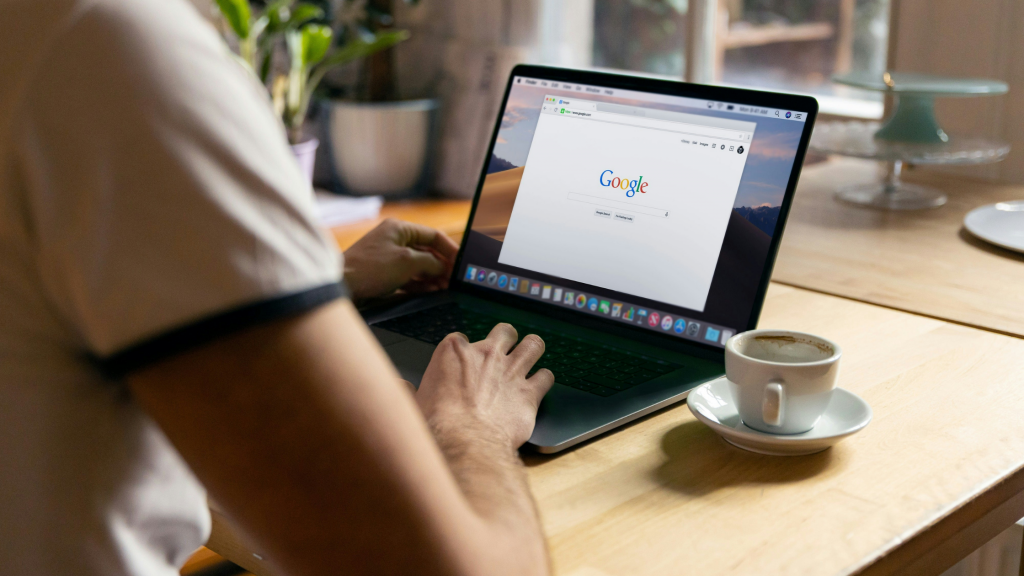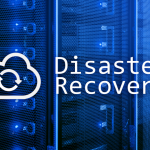
While the short answer would be: “It’s the replacement for G Suite”, the concept goes a little deeper than just a name-change.
To know what Google Workspace is, let’s take a look at what G Suite was. Google launched it in 2006 as ‘Apps for Work’, later renamed G Suite, basically as a collection of productivity and communication tools for business, which subscribers who pay the monthly fee can use in their own domains.
In effect, it provides access to the Google Cloud where subscribers can use Google’s email server and storage along with an array of other tools like Google Sheets, Calendar and Drive.
What is the Difference Between G Suite and Google Workspace?
Google Workspace is much more than a mere rebranding of G Suite, in fact there is a huge difference between the two. Whereas G Suite was a collection of apps bundled together in one place, Google Workspace presents a more unified user interface (UI), which saves time. Users no longer have to switch between apps throughout the workday - they are combined for seamless access.
Research by RingCentral shows that “two-thirds of workers say they waste up to 60 minutes per day navigating between apps, and 68 percent of workers toggle between apps up to 10 times an hour.”
ONE HOUR out of eight spent just switching between apps? You don’t need a calculator to figure out how unproductive that is, but as a perspective: That means a worker loses 31.25 DAYS a year (based on 50 weeks). That is a MONTH that they are not doing anything to promote and accomplish the goals of your business. And maybe you thought that engaging in a couple of minutes of ‘water-cooler’ chat was unproductive.
Google Workspace takes a quantum leap in eliminating the time-wasting steps that were inherent in the G Suite setup. It provides one platform to rule all apps and keeps them at your fingertips.
While so far, Google has not retired any G Suite apps, they have announced plans to introduce new features, one of which will allow users to preview files in other apps, like Docs, Sheets and Slides.
They plan to create pop-ups within Workspace documents, providing at-a-glance contact information. If you need to ask ‘Joe’ a question about the document, just type ‘@Joe’ and his contact info will appear in the pop-up (as long as Joe is in your contacts), along with various prompts should you want to place a video call or send an email right on the spot.
Also in the works is their intention to better integrate Meet, Rooms, and Chat with the other apps, and within Chat itself, you will now be able to create documents on the fly so your Chatmates can collaborate on them. Think it, draw it up, discuss it, and amend it – all in real time.
If you have, and like, G Suites, then possibly the only learning curve you’ll have going to Google Workspace will be getting used to how much easier things are.
Is Google Workspace Safe?
One would think that the answer would be obvious, and it is: Yes. According to AppsAdmin, “Google Workspace is definitely one of the most secure tools on the web today.”
Google Workspace is a cloud-based platform and maintains cyber security as a top priority. After all, if they were selling locks, and the locks sprung open unexpectedly, they would not be in the position as a marketplace leader that they enjoy today.
How does Google Workspace keep you safe?
Google Workspace security lives by a set of well-defined principles that it follows meticulously”.
The Google Security Bible:
1) Respect our users. Respect their privacy:
We believe these ideas are inseparable. Together, they represent a single, core belief that has influenced everything we’ve made since day one, and everything we’ll make moving forward. When people use our products, they trust us with their information, and it’s our job to do right by them. This means always being thoughtful about what data we use, how we use it, and how we protect it.
2) Be clear about what data we collect and why:
To help people make informed decisions about how they use Google products, we make it easy to understand what data we collect, how it’s used, and why. Being transparent means making this information readily available, understandable, and actionable.
3) Never sell our users’ personal information to anyone:
We use data to make Google products like Search and Maps as useful as possible. We also use data to serve more relevant ads. While these ads help fund our services and make them free for everyone, it’s important to clarify that our users’ personal information is simply not for sale.
4) Make it easy for people to control their privacy:
When it comes to privacy, we know one size doesn’t fit all. Every Google Account is built with on/off data controls, so our users can choose the privacy settings that are right for them. And as technology evolves, our privacy controls evolve as well, ensuring that privacy is always an individual choice that belongs to the user.
5) Empower people to review, move or delete their data:
We believe every user should have access to the personal information they’ve shared with us – anytime and for any reason. That’s why we continue to make it easier for people to access and review their data, download and move it to another service if they want, or delete it entirely.
6) Build the strongest security technologies into our products:
Respecting the privacy of our users means protecting the data they trust us with. To keep every Google product and service secure for our users, we engineer and employ one of the most advanced security infrastructures in the world. This means constantly strengthening our built-in security technologies to detect and protect against evolving online threats, before they ever reach our users.
7) Lead by example to advance online security for all:
Keeping users safe online doesn’t stop with Google – it extends to the whole internet. Google was the first company to create many of the security standards we all use today, and we continue to innovate new security technologies that can be used by everyone. We share our security learnings, experiences, and tools with partners, organizations, and competitors around the world, because internet-wide security demands industry-wide collaboration.
As one of the largest business-tool platforms in the world, Google stays leaps and bounds ahead of the threat-matrix, but that does not mean that a breach is impossible. Cyber criminals spend a massive amount of resources looking for ways to defeat new cyber defenses as they emerge. This is a Cat-and-Mouse game that never ends, and these mice are fast and crafty.
Much of your own protection is your responsibility. A hammer is an excellent tool, but if you don’t use it with care it can smash your fingers.
Take these steps to make sure you are using this impressive tool to your best security advantage:
Use shared drives: This simple but effective practice ensures that you, the administrator, controls access to the various facets involved in all collaborative work: access to the powers to delete, upload, edit or in any way effect the data.
Be on guard against Phishing attacks: Phishing typically occurs in scam emails, tricking the user into opening an attachment or clicking a link that releases malware into your system, giving criminals access to all your data. Ongoing user training is an imperative for every business.
Be an active admin manager: these management tools are there for a reason. Use them. There are echelons that you can bestow on workers that limit their accesses and admin powers:
1) Super Admin is up where the air is thin – only the top level executives or IT department should be granted these all-inclusive powers.
2) Groups Admin is generally in the realm of middle-management – those who run teams or work groups, the members of which in turn have only the accesses and abilities granted by the manager.
3) User Management Admin is also for lower level management, giving them the ability to limit access for their workers and also create or delete users as workers come and go, and to manage tasks such as password creation and security settings.
Ransomware: The most prevalent and rapidly growing cyber threat in the world today. You MUST accept the idea that it is not a case of IF it happens, but of what to do WHEN it happens. It usually (consistently over 80%) occurs as the result of user error – opening an attachment or clicking a malicious link. Once this occurs, you need to refer to your IT provider who should have an automatic regimen of shutting down, wiping infected workstations and/or servers and quickly replacing the data from secure local (unconnected to the main network) backups. Cloud backups need to be in place as well.
Guard against insider threats: This could be a disgruntled worker or an untrained one. As data moves around, especially with devices used in the field, threats increase. A worker may use a smart phone at a spot where it’s picked up on an unsecured WiFi, or the device could be stolen. Make sure your employees are trained in threat avoidance and that all devices have encrypted backups in place.
Use Multi-factor authentication: After having a strong password, the second factor could be a question – the older versions used “What is your mother’s maiden name?”. It can also be a thumbprint, retinal scan etc., NOT just ‘password and in.”
Use Google’s Single Sign-On: This is part of the Cloud Identity package. One master password allows users access to a wide range of integrated apps.
Feel Safer Yet?
You should, and if you just take the simple steps outlined here, you soon will. Google Workspace is an incredibly facile tool for business just on the face of it, but when you add the top shelf level of security it provides it is very difficult to beat.


